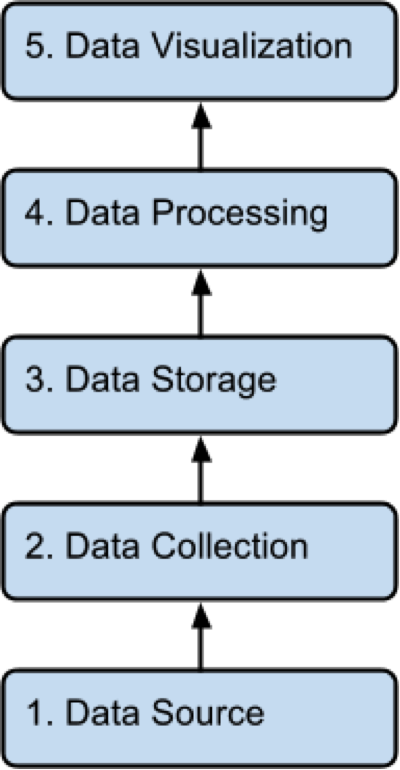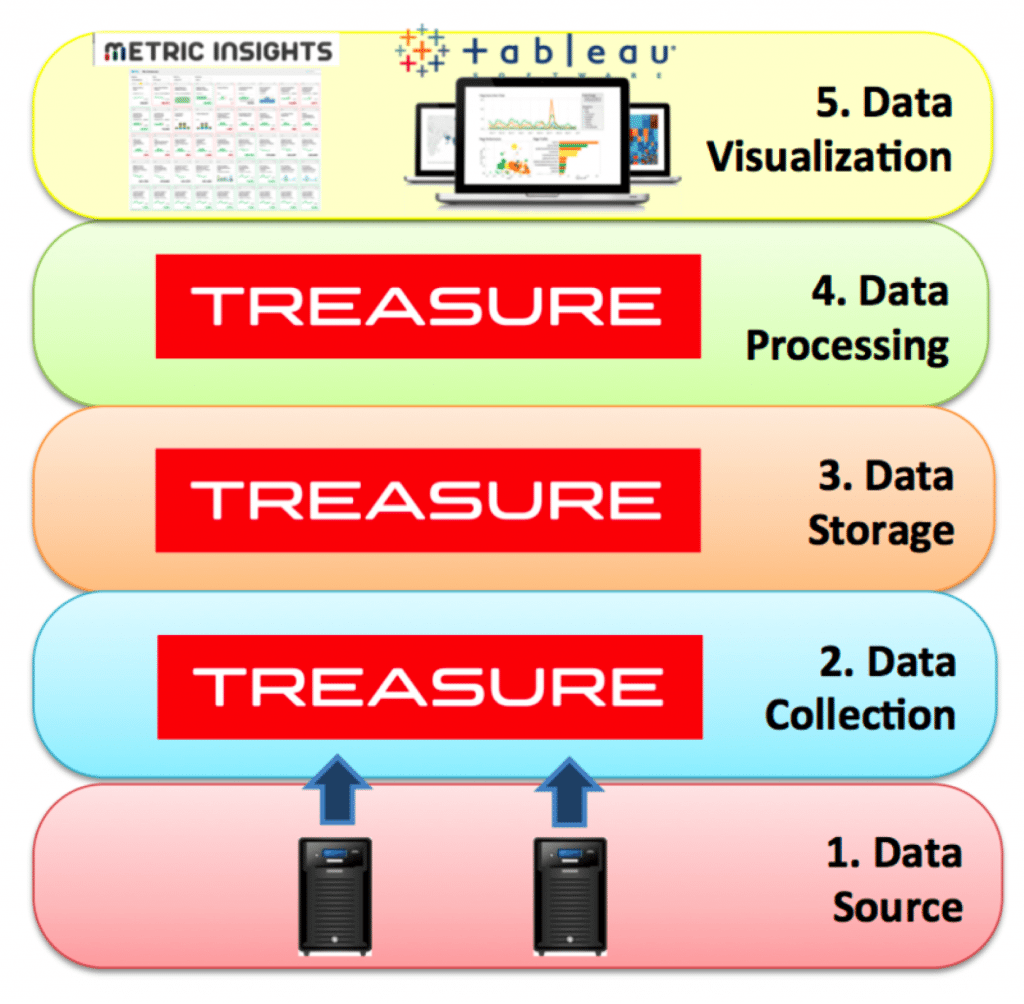The 4 Important Things About Analyzing Data Part 3 & 4: Recognize You Can’t Do It All and Show Your Value
The 4 Important Things About Analyzing Data Part 3 & 4: Recognize You Can’t Do It All and Show Your Value
In this blog series highlighting the four important things about analyzing data, so far we’ve talked about the importance of delivering many obvious results and the need to accurately understand the purpose of the analysis. Throughout the discussions, we’ve used the word “analysis” to describe the activity, but in fact the analysis process involves many components, from identifying data sources through dashboards and visualization.

It is very difficult for analysts to manage this entire process by themselves.
Simply Too Much
Early in my career I worked as an analyst for a gaming studio. I felt the pressure to handle all the components of analysis – from data collection through presentation of results – entirely on my own. Eventually I realized how truly difficult that was and came to the conclusion that it is not advantageous to try to to manage all of the continuously evolving components of the data pipeline leading to analysis all by myself.
Especially in fast-moving sectors such as web services, the environment, features and structure of the service (as well as database schemas) frequently change. It is virtually impossible for an analyst to single-handedly keep track of and understand this constant sea of changes to comprehensively analyze all the data.
Managed analysis platforms aren’t free, but they free up data analysts to focus on their core work. Therefore, it is important for an analyst to assess what he or she can manage realistically. Referring back to the graphic above, I believe that such responsibilities include conducting the analysis as well as elements of visualization and data processing. These two layers encompass experience and knowledge analysts possess and use on a frequent basis.
On the other hand, with analytics infrastructure as a service, the data collection, storage, processing, and query engines are already provided in the cloud. Companies that opt to build these platforms in house must dedicate significant money and resources to do so. Analysts can reduce this burden on the company – and on themselves – by using underlying cloud services to enable analytics.

Work at the Source
However, the simple fact is that the people who create a service are best positioned to read and understand the data, regardless of how much analytics expertise they have. They possess an understanding and context that enables enhanced insights and hypothesis verification, ultimately improving success with analytics. Many analysts will readily admit – with both the goal of reducing the workload and of successful analysis – that working together with the person who created the service enhances analysis with a fresh point of view that the analyst might not posses.
I encourage analysts to open the conversation and welcome discussion around the analytics process and results. In sharing the data and listening to different perspectives, analysts can demonstrate value and cooperation.
Involve the Engineers Even More
Infrastructure and application engineers are responsible for bringing analysts the log data (or other data types) necessary for analysis. Open, daily communication between the engineers and analysts facilitates deeper understanding of the records and reveals opportunities to analyze additional data. Rather than wasting time trying to figure out how and why the data is recorded in the database, it’s better to simply ask.
While there are many benefits to open communication, I recommend clearly conveying your goals and requests from the very beginning. If the engineers are able to understand what data you would like or the purpose for recording a new item, it will create a more effective process and flow of data, which benefits everyone in the long run.
Analysts Become the Bridge Between Teams
I believe engineers (the facilitators of data sources) and decision-makers (e.g., CxOs, directors, managers) typically do not communicate closely. Analysts who recognize the value in cooperation and communication are well-positioned to act as mediators. In doing so, you facilitate the creation of a powerful, data-driven team.
And Always Remember to Show Your Value
As analysts, it is also important that you communicate the value of all your work to the organization. Don’t be afraid to publicize the relevance of the skills you possess and the work you do. With that goal in mind, write blogs, start discussions and give presentations, and study a lot so you’re able to work knowledgeably with all the data stakeholders in the organization. It may sound daunting, but the ability to express what you do – and how you make a difference within the organization – will benefit you and inspire innovation and collaboration from other business areas.
Want to Unburden?
If you’re currently handling the entire analytics process on your own but would like to offload the data collection, storage and processing tasks to be able to focus on the analysis, Treasure Data can help. Learn more here.